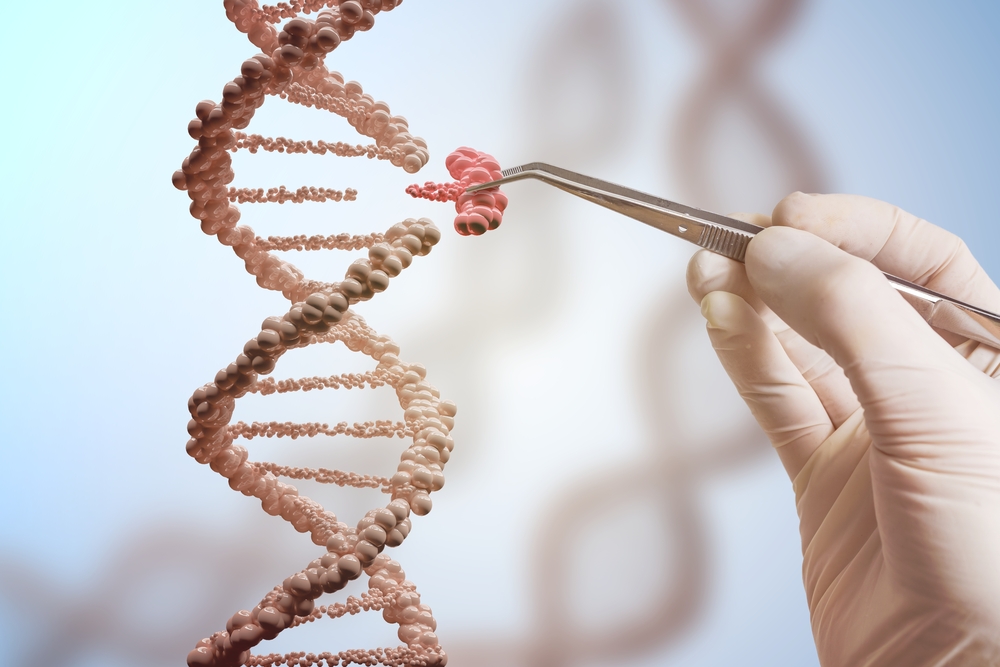Rare Klüver-Bucy Syndrome Associated with Sanfilippo Type C in Case Report

A recent case report identified two siblings with Sanfilippo syndrome type C (MPSIIIC) who were also diagnosed with Klüver-Bucy syndrome, indicating a previously unknown association between the rare neurological disorder and this Sanfilippo type.
The report, “Klüver-Bucy syndrome associated with a recessive variant in HGSNAT in two siblings with Mucopolysaccharidosis type IIIC (Sanfilippo C),” was published in the European Journal of Human Genetics.
Klüver-Bucy syndrome (KBS) was first described in the 1930s as a neurobehavioral disorder, which can result from either brain injury or neurodegenerative disorders, that affect an area of the brain called the amygdalae.
In adults, KBS may result from disorders such as Alzheimer’s disease, while in children, it can be caused by abnormalities due to neuronal ceroidlipofuscinosis (Batten disease), or mucopolysaccharidosis types IIIA and IIIB (MPSIIIA and MPSIIIB).
There is a degree of symptom overlap between KBS and Sanfilippo patients. KBS individuals are characterized by the inability to recognize the emotional significance of objects, an excessive tendency to react to every visual stimuli, memory loss, and altered emotional behavior, among other symptoms.
In this case report, researchers describe two Sanfilippo syndrome type C patients who also had KBS, revealing an association between KBS and MPSIIIC, adding it to the other MPSIII types already connected to the disorder.
The two patients, siblings from a consanguineous marriage — meaning their parents were related — showed neurobehavioral abnormalities including aggressive behavior and disinhibition. Both patients developed seizures, unsteady gait (walking capacity), and global brain atrophy, all characteristic of Sanfilippo patients.
Researchers performed genetic analyses on the patients, their parents, and their unaffected siblings using a method known as autozygosity mapping, which is usually used to discover genetic changes in families.
Results revealed mutations in the HGSNAT gene, which provides instructions for the production of the enzyme heparan-α-glucosaminide-N-acetyltransferase and is associated with Sanfilippo C.
Further analysis using skin cells from one of the patients revealed diminished enzyme activity compared with normal cells, confirming a molecular diagnosis.
“We describe an HGSNAT variant as the cause of Klüver–Bucy syndrome with childhood onset,” the authors wrote.
“… patients with MPSIIIC can establish the full spectrum of KBS. As [previously] pointed out, … MPSIII is the first inherited pediatric disease presenting systematically with clinical features of KBS,” they said. As such, they believe that “MPSIII should be included in the differential diagnosis of young patients with KBS.”






